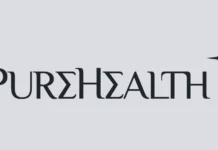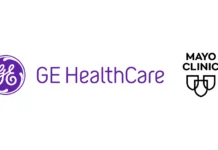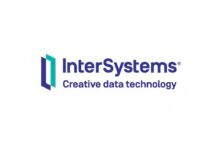In fast-paced professional environments such as hospitals, laboratories, and food processing facilities, hygiene routines must deliver both precision and efficiency. Staff need solutions that support compliance without slowing down operations, ensuring that every surface is treated consistently within the required contact time. Ready-to-use disinfectant wipes have become an indispensable part of these programmes, bridging the gap between convenience, safety, and performance.
Meeting the pace of modern hygiene demands
In facilities where downtime is limited, pre-saturated wipes simplify daily cleaning by providing a ready-to-apply dose of disinfectant. This eliminates dilution errors, reduces waste, and maintains consistent application across high-touch areas such as worktops, bed rails, or shared equipment.
By allowing cleaning personnel to act quickly without measuring or mixing, wipes improve workflow efficiency while supporting compliance with internal hygiene standards and regulatory expectations. Their controlled wetness and uniform coverage help ensure surfaces remain visibly clean and disinfected for the specified contact time, a critical factor in validated cleaning processes.
Controlling cross-contamination risks
High-contact areas can easily become reservoirs for microorganisms if not cleaned regularly or effectively. Using single-use wipes helps limit cross-contamination by ensuring each surface is treated with a fresh, uncontaminated wipe. This reduces the likelihood of spreading bacteria or viruses between workstations or patient zones.
Many facilities integrate wipes into layered hygiene strategies that also include training, environmental monitoring, and personal cleanliness measures. Effective programmes combine surface cleaning with disciplined hand care practices – reinforced through dedicated resources such as hand hygiene protocols – to build consistent infection-prevention habits across teams.
Balancing performance with safety and material care
When selecting a product, professionals must consider the balance between microbial efficacy, safety for operators, and compatibility with various materials. Not all surfaces tolerate the same actives or solvent systems; damage to coatings, plastics, or painted surfaces can occur if formulations are too aggressive.
Modern formulations of surface disinfectant wipes are designed to meet these challenges. They combine tested biocidal performance with minimal surface residue and low odour, ensuring user comfort and maintaining surface integrity over repeated use. Many are validated under European Norm (EN) standards for bactericidal and virucidal activity, supporting confidence in routine use.
Compliance, documentation, and sustainability
Facilities operating under ISO, GMP, or healthcare accreditation frameworks must document their cleaning processes thoroughly. Ready-to-use disinfectant wipes simplify this by providing consistent formulations and clear product traceability. Suppliers supporting EU Biocidal Products Regulation (BPR) compliance also enhance audit readiness through detailed data sheets and compatibility information.
Sustainability is becoming another selection factor, with new wipe substrates made from biodegradable fibres and lower-impact active ingredients. These innovations align hygiene excellence with environmental responsibility—an increasingly important consideration for professional users.


















